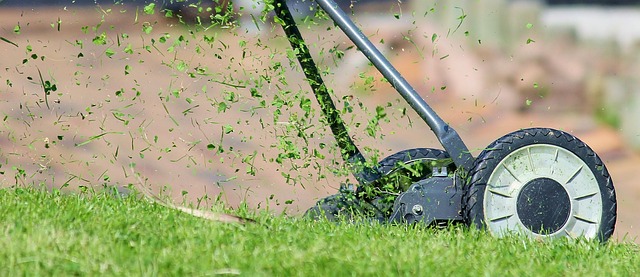Artificial Grass: Smart Solutions for Garden and Lawn
Artificial grass has become a popular option for homeowners and commercial properties seeking a low-maintenance, consistently green surface. Modern synthetic turf closely mimics natural grass in appearance and performance, while reducing water use, mowing, and fertilizer needs. This article explains how artificial grass works, the benefits and trade-offs for your garden and lawn, maintenance needs, and landscaping considerations to help you decide if it fits your space.

What is artificial grass and synthetic turf?
Artificial grass, also called synthetic turf, is a manufactured surface made from plastic fibers designed to look like grass. It typically consists of tufted fibers fixed into a backing, sometimes with an infill material (sand, rubber, or cork) for stability and cushioning. Advances in fiber shape, color variation, and UV stabilizers mean many products now reproduce the look and feel of natural grass while resisting fading and wear.
How does artificial grass benefit your garden?
Installing artificial grass in a garden reduces routine tasks: no mowing, no irrigation, and far less need for pesticides or fertilizers. That can save time and water, especially in areas prone to drought. For busy households or properties with high foot traffic, synthetic turf offers a neat, evergreen appearance year-round. It also provides a reliable surface for play areas and patios where mud and uneven growth are concerns.
Can artificial turf improve a lawn’s appearance?
Yes—high-quality synthetic turf can dramatically improve a worn or patchy lawn by delivering uniform color and density. Product variations (pile height, fiber texture, and infill type) let you tailor the look—from closely cropped “putting-green” styles to lush, long-pile finishes. While it won’t replicate the scent or ecological functions of living grass, synthetic turf can create a visually pleasing, evergreen lawn that holds up under frequent use.
Maintenance and longevity of synthetic turf
Maintenance is simpler than for natural grass but not zero. Routine tasks include removing leaves and debris, brushing fibers to keep them upright, rinsing to clear dust or pet waste, and checking seams and edges for wear. Proper sub-base preparation and drainage are critical to performance and longevity. Many manufacturers and installers offer warranties and report that well-installed synthetic turf can last around 10–15 years depending on quality and use. Heat retention is a consideration—synthetic turf can become warmer than natural grass in direct sun—so plan shaded areas or cooling strategies if local temperatures are high.
Landscaping considerations and local services
Successful landscaping with artificial grass begins with design: grading for drainage, edge restraints, and the right sub-base material. Integrating planting beds, pathways, and irrigation for real plants helps retain visual variety in the garden. If you’re considering installation, consult experienced local services to assess soil conditions, drainage needs, and access for machinery. Ask installers about sample materials, warranties, ground prep standards, and maintenance guidance to match the product to your lawn and landscaping goals.
Conclusion
Artificial grass offers a practical, low-maintenance option for many gardens and lawns, delivering a consistently green surface that reduces watering, mowing, and chemical inputs. While it won’t reproduce all benefits of living turf—such as habitat value and natural cooling—it can transform a high-use or water-restricted lawn into an attractive, functional space. Careful selection of product, attention to base and drainage, and guidance from reputable local services will maximize performance and lifespan for your landscaping project. Sources






